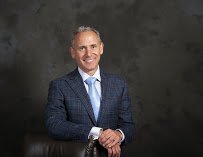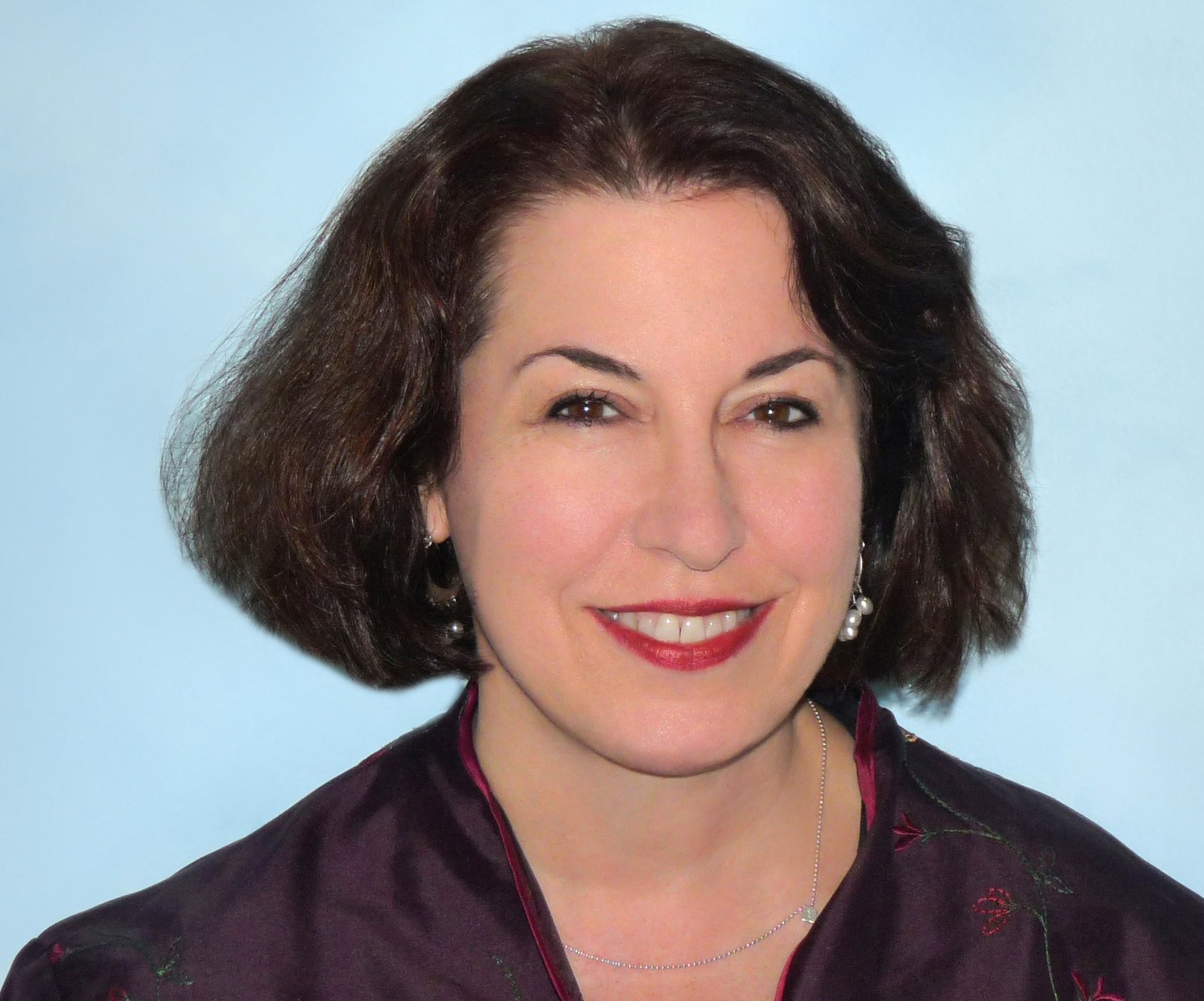
Dr. Scott Spiro is truly an artist. He works in oil, graphite and photography. His day job is using his artist’s eye and aesthetic, along with his training as a board certified plastic and cosmetic surgeon to provide anti-aging treatments, breast and body contouring, facial aesthetic surgery and breast cancer reconstruction.
Business Innovators sat down with Dr. Spiro recently to discuss anti-aging.
BIM: Dr. Spiro what are the latest products or procedures that you’re finding innovative in anti-aging skincare?
Doctor Spiro: I would say we could break it up into two things: one are things that you do De novo to the skin i.e. certain kinds of medical grade skincare products, chemical peels for instance and injectable therapy that sort of slows down the appearance of the aging process.
So one affects the skin biochemically if you will, and the other aids in the volume replacement issue that is really a significant physical appearance detriment that connotes aging.
In the injectable realm it’s an interesting, almost opposite, new niche filling that has occurred in the last year, with two products that came online for physicians to use. One for much, much deeper filling and that is called Voluma made by one of the manufacturers that’s predominantly for filling of the central and mid face to prevent the hollowness and falling that happens, it’s a much thicker product so it has to be used deep; the other is an injectable that’s very, very thin product and therefore can be used very superficially. So for fills, and specifically that’s for very fine lines around the mouth and lower face, those are two interesting niches almost opposite in their target but they fulfill two significantly missing areas in anti-aging over the years with the advent of fillers. This has been deep volume filling and very superficial filling.
That’s a very exciting thing and has really increased in its popularity dramatically over the last year. That’s one new area, and the other has been what you see in plastic surgery as a trend of patients, particularly younger women, gravitating towards medical grade products and chemical peels as a solution for anti-aging instead of laser treatment.
BIM: Interesting. That brings me to the next question, which you started to address, what kind of trends are you seeing amongst the patients?
Doctor Spiro: One of the biggest trends is that a significant increase in the demographic – young women aged 25 to 34, are getting involved in anti- aging; particularly peels, and chemical peels and medical grade products. They are using Botox for forehead lines and crow’s feet lines earlier to prevent the etching in the skin. It’s sort of that generation wide group that is taking advantage of the available medical grade regimens that are out there to get a head start on anti-aging.
BIM: And what are the latest procedures in anti-aging skin care?
Dr. Spiro: The latest procedures are medical grade peels and essentially, patients want less downtime, so that’s the big initial trend. A number of years ago they were in office procedures to take over for some surgical procedures and now even less invasive in office procedures that have less downtime.
For instance patients will be more likely to come in for more frequent, moderate chemical peels than for something heavy duty treatment that might have a lot more downtime. So, these are processes that play out over a number of months, there’s no quick fixes. It’s a trend that we’re seeing women, particularly young women, take advantage of. They’re willing to put the time in so they don’t have to suffer the downtime; they’re willing to come in more frequently with less downtime.
BIM: What recommendations do you make to your patients regarding anti-aging?
Dr. Spiro: First of all, anti-aging is a concept of lifestyle, and lifestyle plays a very big role for aging. For instance, proper nutrition, balanced exercise, drinking plenty of water, and getting enough sleep, are some of the very basic, basic building blocks. On top of that is protecting your skin. So, protecting somebody’s skin for instance requires a basic cleanser, basic exfoliation, a basic eye cream, proper moisturizers, and sunscreen. It’s amazing that that second level of foundation is sorely missed, so that is a major educational process that we go through with patients. The third level of building blocks are some of our favorites; in my practice we are instituting Vitamin C regimens. These are topical Vitamin C’s, Vitamin C, Retinol, Tretinoin, and Hydroquinone – that’s what I call my third level building block.
The fourth level that we employ is when we sit down with our patients and say ‘look, we gotten past these three levels; this was basic stuff. We got into the basics of medical grade skincare, now let’s head into the sophisticated things.’ We see if somebody’s level of tolerance fits into their lifestyle, for instance how many steps are they willing to go through, what level of downtime are they willing to accept? That’s where we start on this fourth level, instituting office based chemical peels and things like that.

